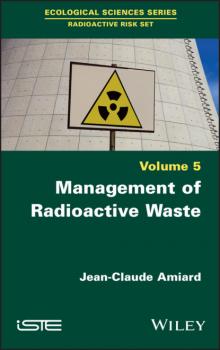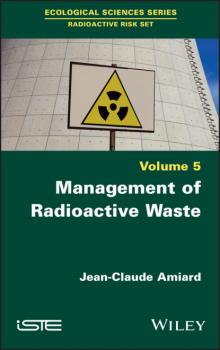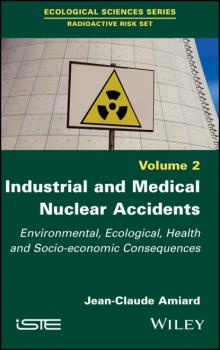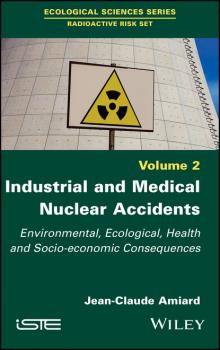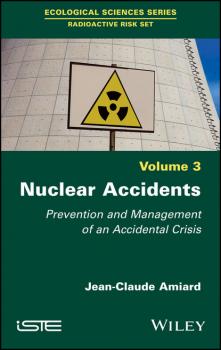ТОП просматриваемых книг сайта:















Jean-Claude Amiard
Список книг автора Jean-Claude AmiardАннотация
The classification of radioactive waste varies from state to state. This results in different management procedures for each country, while following IAEA and OECD/NEA recommendations.<br /><br />Radioactive waste comes from numerous sources. The largest volumes are generated by the decommissioning and dismantling of nuclear facilities. Long-lived, medium- and high-activity waste – categorized as the most hazardous types of waste – are in fact largely produced by nuclear power reactors, spent fuel reprocessing plants and nuclear accidents.<br /><br />Final disposal of very low-activity, low-activity and very short-lived waste is well controlled. However, final solutions for certain categories, including long-lived waste, sorted waste and spent graphite waste, are not yet in place.<br /><br /><i>Management of Radioactive Waste</i> reviews all the possible solutions and presents those chosen by the various states, including a chapter detailing policy on radioactive waste management, taking France as an example.
Аннотация
Аннотация
Following the acquisition of the atomic bomb by five states, the United Nations began drafting several treaties to limit nuclear proliferation. These efforts failed, as four more states also acquired nuclear weapons. In a similar vein, an attempt to limit atomic weapons – primarily within the two superpowers – was initiated.<br /><br />While the number of weapons has decreased, the new bombs now being manufactured are more powerful and more precise, negating any reduction in numbers. In the field of civil nuclear use, all nuclear facilities (reactors, factories, etc.) have a limited lifespan. Once a plant is permanently shut down, these facilities must be decommissioned and dismantled.<br /><br />These operations are difficult, time-consuming and costly. In addition, decommissioning generates large volumes of radioactive waste of various categories, including long-lived and high-activity waste. Risks to the environment and to health are not negligible during decommissioning. The International Atomic Energy Agency (IAEA) and the Nuclear Energy Agency (NEA) of the Organisation for Economic Co-operation and Development (OECD) have produced numerous publications with recommendations. Each state has its own decommissioning strategy (immediate or delayed) and final plan for the site – whether it be returning it to greenfield status or obtaining a nuclear site license with centuries-long monitoring.
Аннотация
The peaceful use of atomic energy has given rise to a variety of nuclear accidents from the start. This concerns all forms of use, industrial and medical. For each accident, Industrial and Medical Nuclear Accidents details the contamination of the environment, flora and fauna, and quantifies the effects of ionizing radiation. The book also examines the adverse effects on the health, both physical and mental, of the human populations concerned. The monetary cost is also evaluated. The research presented in this book is based on scientifically recognized publications and on the reports of national and international organizations competent in this field (IAEA, WHO, UNSCEAR, IRSN, etc.). The book contains chapters devoted to the most recent accidents (Chernobyl and Fukushima), with a large body of institutional and academic literature.

